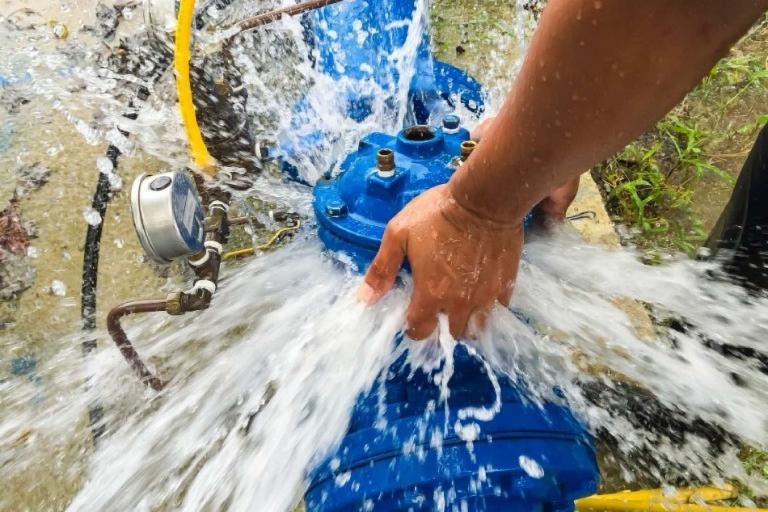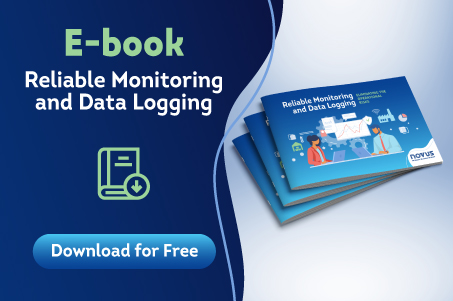How to minimize the risks in water distribution or treatment systems
A study published in 2017 by Kemira, a Finnish chemical industry that is very important in the market, shows that 80 % of the biggest challenges faced by water distribution and treatment companies are related to poor operation management. The data was obtained through several interviews with public and private utility operators.
It is well known that the infrastructure of plants and networks for water distribution and wastewater treatment generate the highest operation costs. They demand a large coverage area. In addition, one must consider the components ability to handle the highly variable flow of liquids and waste. Therefore, for the operation to be financially viable in the long term, the infrastructure needs to be durable.
Considering flow dynamics in WWTP and water distribution
For an operation in sanitation or water distribution to be profitable, the main weaknesses must be considered. In this way, it becomes evident that the very structure of distribution or catchment of liquids is both the basis of the business and the most sensitive resource.
No matter the size of the network, all players in the market understand that there is a percentage of losses involved in this type of operation. However, this small problem is scalable and can grow exponentially, causing a strong impact on the business maintenance costs.
The solution to the excessive losses in water distribution and wastewater treatment is directly linked to structural issues. Considering the dynamic flow, especially during the wastewater catchment process, the choice of equipment and materials directly influences the business sustainability.
Increased reliability in the sanitation and water distribution structure
To avoid excessive losses, it is necessary to invest in high reliability products at different points in the network. Besides building and planning according to the topographical specificities of the region, high quality equipment and materials must be used.
To be used in this type of environment, pressure and flow sensors, for example, need to be robust and efficient. It is important to reinforce how the specificities of water collection and distribution networks impact the risk assessment of short, medium, and long-term services.
With no guarantees on the quality of materials and accuracy, sensors poorly suited for this segment may require constant replacement. The equipment calibration also interferes directly in its effectiveness, so the reliability of the products is essential.
NOVUS has sensors such as the NP640 pressure transmitter, which can be fully configured and recalibrated in the field. The transmitter has a version with the wetted part sensor made of 100% 316 stainless steel, which makes it particularly effective for sanitation activities, especially for sewage applications. When used together with the Loop View (Current Loop Indicator), the devices operate as one digital pressure gauge.
Another benefit involves the possibility of configuring several ranges for the NP640, which allows the same product to be used in different applications. Its measurement range is 3:1, with no accuracy loss. It has a dynamic response of less than 30 ms and an FKM (Viton©).
Want to know more details? Get advice from our experts:
Learn more:
Causes and consequences of losses in water supply systems

















